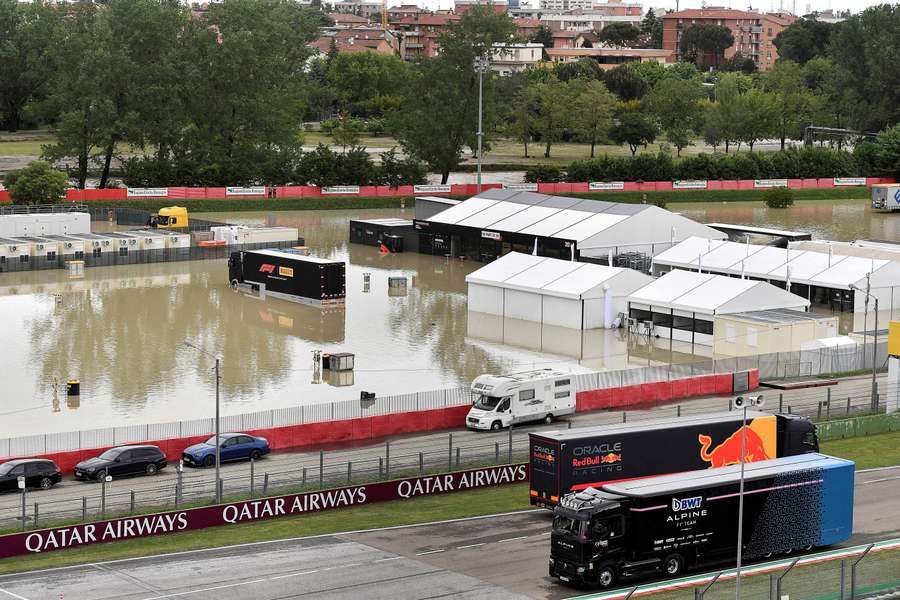With little flexibility on a crowded calendar that started off with a record 24 rounds, and now looks likely to end up with 22, the race at Imola is unlikely to find another slot this season.
With a contract through 2025, the circuit is in no immediate danger of being dropped. It enjoys strong support from Ferrari and Imola is also the birthplace of Formula One's chief executive Stefano Domenicali, who worked at the track in his youth.
Local organisers have indicated they will seek an extension to 2026 to compensate for this year's loss, but the fallout from the extreme weather could make the longer term future less secure, particularly if flooding becomes more frequent in an age of global warming.
Italy is the only European country with two races and Imola, which was off the calendar for 14 years from 2006 to 2020 due largely to financial reasons, stands out by being next to a waterway.
The Santerno river that flows alongside the circuit adds much to the old-school charm but it is also an immovable boundary, restricting what can be done in the way of expansion and modernisation.
The death of triple world champion Ayrton Senna at the circuit in 1994 triggered important revisions but the paddock remains cramped and narrow in comparison with palatial facilities in the Middle East and Americas.
With pressure on all sports to reduce their carbon footprints, Formula One wants to group an expanding number of races by region in future and that limits the 'weather window'.
The four rounds in the Middle East can only be held early in the season or at the end to avoid peak temperatures while European races are traditionally run from May to the Italian Grand Prix at Monza in September.
There have been exceptions, with the 2000 British Grand Prix held in April when torrential rain turned the car parks into quagmires and shut out tens of thousands of spectators, and the southern hemisphere hosted races in January decades ago.
Organising the calendar, with some races insisting on fixed dates and the sport keen to avoid clashes with other major events, is no easy matter.
Pandemic aside, cancellations have been rare and weather-related ones even scarcer with the sport having established protocols to change the schedule in the event of adverse conditions.
In rain-soaked Belgium in 2021 that meant completing only two laps behind the safety car, making it the shortest race ever.
The 2011 Bahrain Grand Prix was cancelled after pro-democracy protests and subsequent crackdown, while the 1984 Belgian Grand Prix had to be rescheduled after the track surface disintegrated.
The 1995 Pacific Grand Prix at Japan's Aida circuit was shifted from April to October due to an earthquake and typhoons have long affected the country's race at Suzuka, with qualifying for the 2004 race postponed to the Sunday.
Half points were awarded in Malaysia in 2009 when torrential rain halted the race at Sepang.
The U.S. Grand Prix at Austin's Circuit of the Americas has also dealt with heavy rainfall and flash floods in the past while snow fell overnight during the October 1976 U.S. Grand Prix in Watkins Glen.




